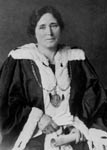 Mary Barbour |
 John Maclean |
 Helen Crawfurd |
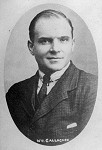 William Gallacher |
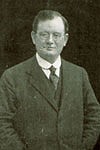 John Wheatley |
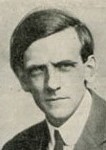 James Maxton |
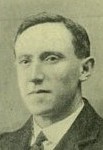 Emanuel Shinwell |
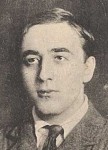 Guy Aldred |
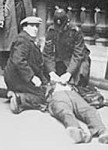 David Kirkwood |
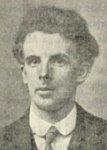 Patrick Dollan |
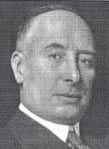 William Weir |
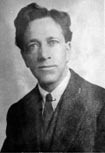 Arthur MacManus |
| Glasgow Digital Library | RED CLYDESIDE | PEOPLE | EVENTS | GROUPS | LITERATURE | INDEX |
|---|
This page brings together short biographies and collections of source documents about some of the men and women who came to political prominence during the period 1910-1932, when Glasgow was considered to be one of the major centres of labour activity and class conflict in Britain.
James Maxton and John Wheatley were close friends and political allies who worked tirelessly at Westminster to bring about reform to assist the living and working conditions of the working classes. Arthur McManus and William Gallacher both fought their initial battles on the industrial front before joining the Communist Party of Great Britain, where they worked to advance a greater understanding of Marxism amongst workers. John Maclean was perhaps the only true revolutionary on Clydeside during this period, who sought to influence the hearts and minds of the Clydeside working classes through his words, actions and unselfish deeds. Helen Crawfurd and Mary Barbour both sought to bring about change through organised community action and political agitation at the municipal level. In contrast Sir William Weir, Glasgow-born industrialist and Scottish head of the Ministry of Munitions, was responsible for overseeing implementation of the 'dilution scheme' on Clydeside during the first world war.
 Mary Barbour |
 John Maclean |
 Helen Crawfurd |
 William Gallacher |
 John Wheatley |
 James Maxton |
 Emanuel Shinwell |
 Guy Aldred |
 David Kirkwood |
 Patrick Dollan |
 William Weir |
 Arthur MacManus |
| Glasgow Digital Library | RED CLYDESIDE | PEOPLE | EVENTS | GROUPS | LITERATURE | INDEX |
|---|